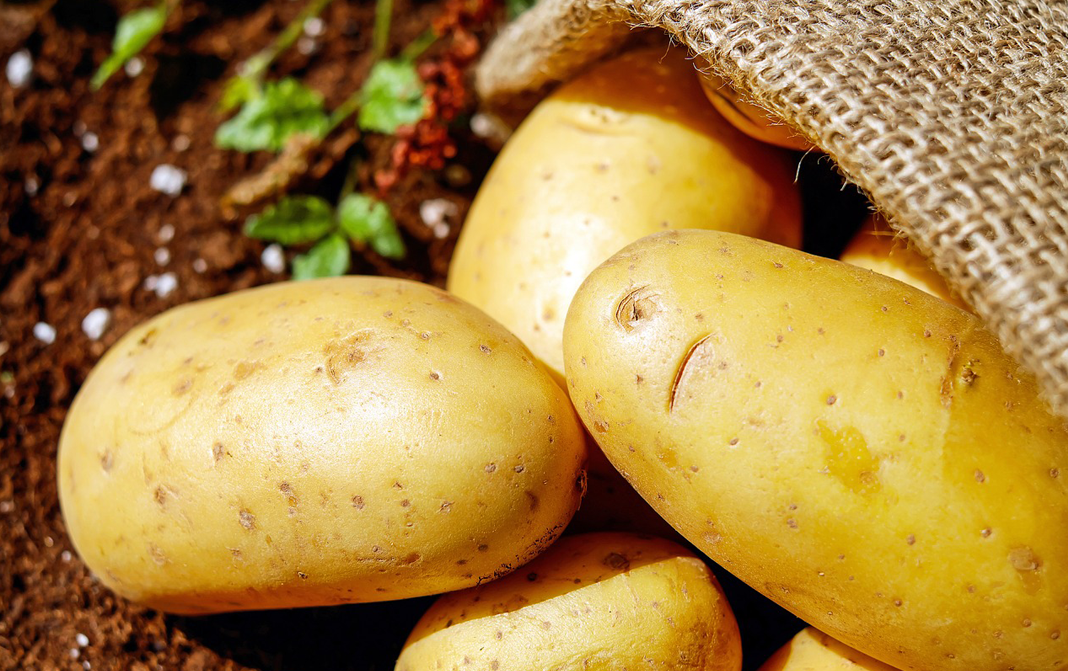


Look for clean, smooth, firm-textured potatoes with no cuts, bruises or discoloration. Potatoes with minor surface blemishes are safe to eat, as long as the affected area is removed. Although potatoes should smell faintly of soil, the skin should be relatively clean and free from dirt. Do not store potatoes in the refrigerator, as lower temperatures may cause the starch to convert to sugar and spoil the potatoes.
- Disclaimer
"Information here is provided for discussion and educational purposes only. It is not intended as medical advice or product or ingredient review/rating. The information may not apply to you and before you use or take any action, you should contact the manufacturer, seller, medical, dietary, fitness or other professional. If you utilize any information provided here, you do so at your own risk and you waive any right against Culinary Communications Private Limited, its affiliates, officers, directors, employees or representatives.”
Description
Potato is an underground tuber which grows on the roots of the Solanum tuberosum plant. Potatoes are originally derived from the Andes of South America where Native Americans cultivated potatoes some 10,000 years ago in the mountains of Bolivia, Peru and Ecuador. Centuries after they were introduced to Europe and North America, potatoes represent one of the most important ingredients of the World’s cuisine and the fourth-largest food crop in the entire world. Potato is a starchy root vegetable that grows about 12 to 18 inches in height and bears many tubers underground. The tubers are usually round to oval in shape.